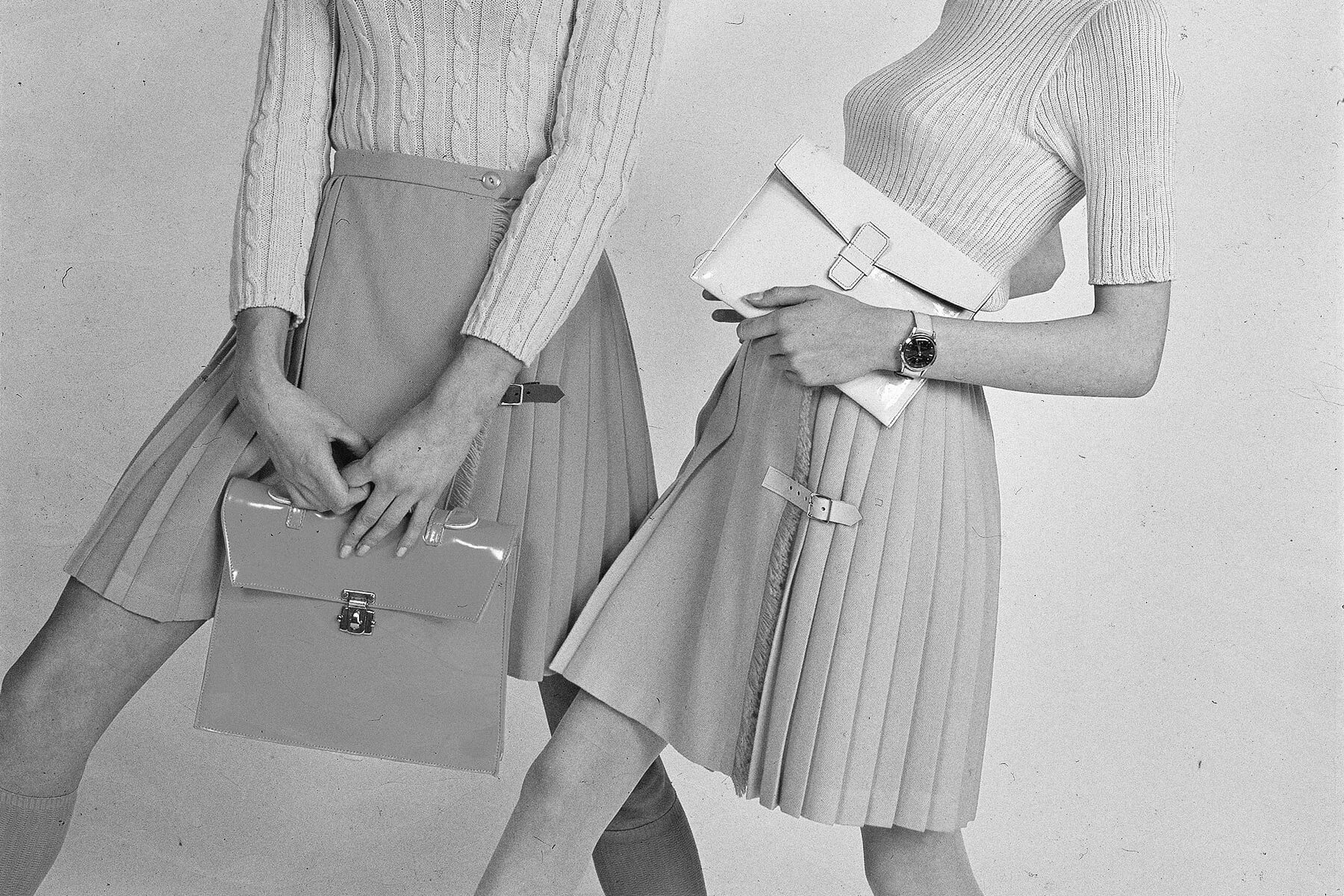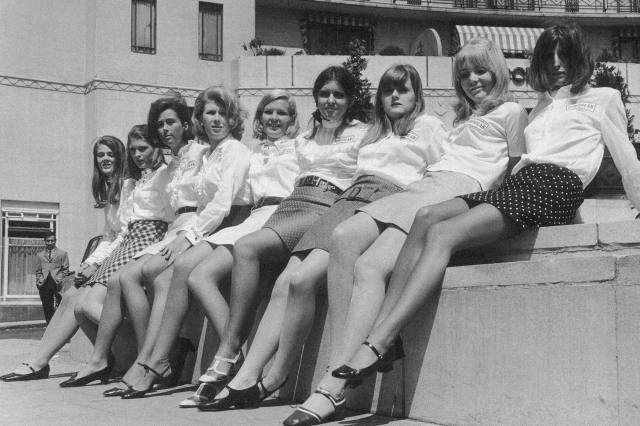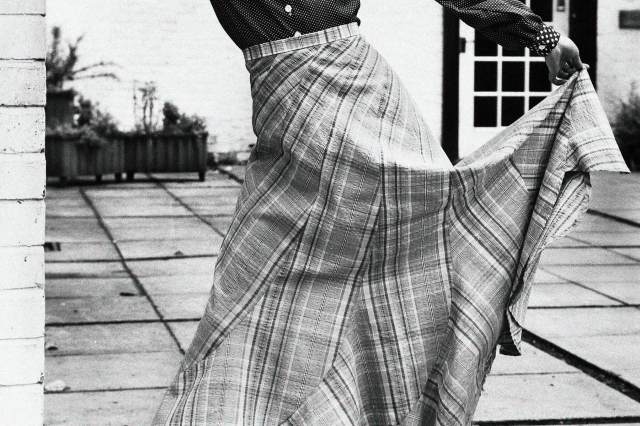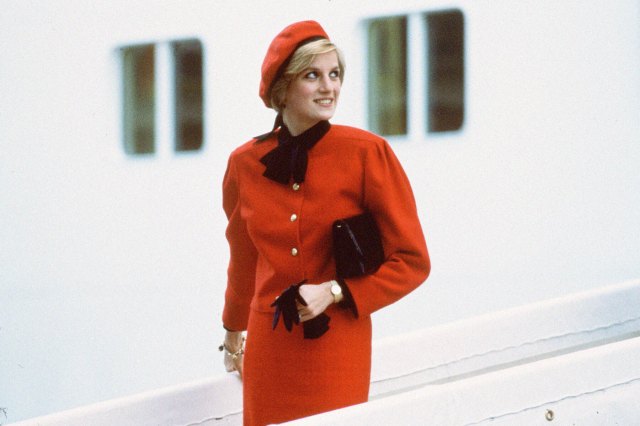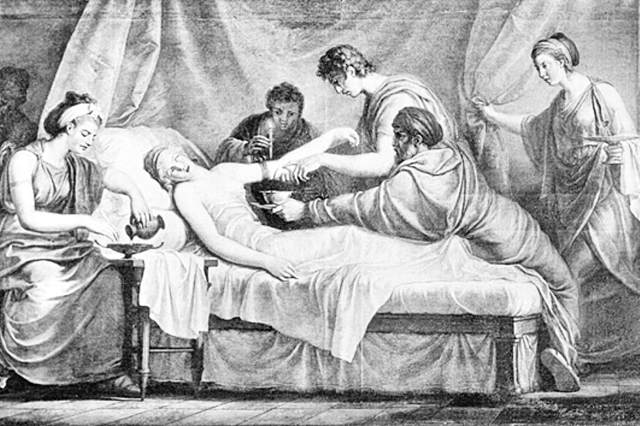The Evolution of Hemlines Through History
Worn by both men and women in early civilizations such as Egypt and Rome, skirts and dresses gradually transformed into quintessential symbols of femininity in the Western world. For centuries, these garments reached the floor as a mark of modesty, but practicality and changing tastes occasionally nudged hemlines higher, such as with the “walking dress” and its ankle-skimming hem, which emerged by the mid-1800s. By the late 19th century, it wasn’t unheard of to see a skirt hit midcalf, a look that forecasted the more dramatic shifts that started in the early 1900s.
While we tend to think of the evolution of hemlines as a simple upward trajectory, getting shorter as society evolved and fashion became more daring, their history is much more nuanced. Hemlines have risen and fallen several times in the last 100 years. And though the popular “hemline index” theory suggests that skirt lengths rise in times of economic prosperity and fall during downturns, that’s an oversimplification of the story. Far from a one-way trend, hemlines have been a dynamic reflection of fashion, function, and symbolism through the years. Here are a few of the most significant changes in the 20th century.
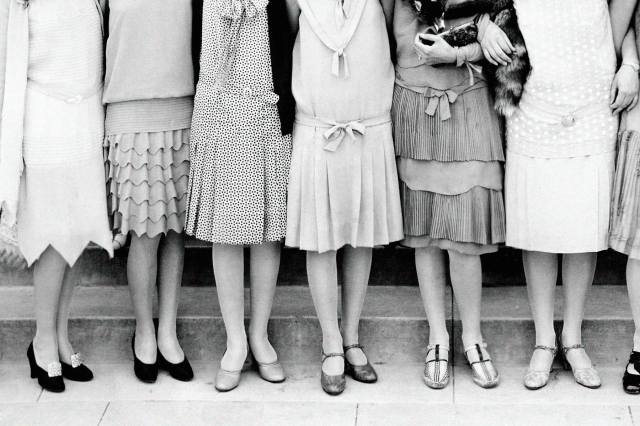
1920s: The Flapper Era
The 1920s marked the first major departure from traditional floor-length skirts. Following World War I, the Roaring ’20s brought economic stability to the U.S. — and a newfound sense of empowerment and liberation for women, who had won the right to vote in 1920. Women enjoyed vibrant social lives even in the depths of Prohibition, frequenting speakeasies and private clubs and dancing the night away. It was a time when the restrictive clothing of the past just would not do; hemlines shot up, at first to just below the knee, and by the mid-1920s, even creeping above. The new dress style also did away with the tightly corseted fashions of earlier decades, ushering in a less-structured “Garçonne” look (an androgynous or “tomboy” style) that was free of curves and had dropped waists, loose fits, and a straighter silhouette.





